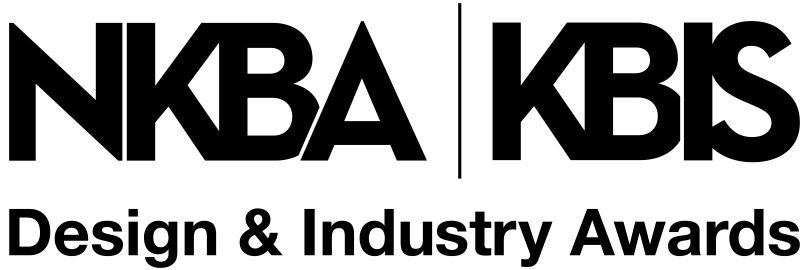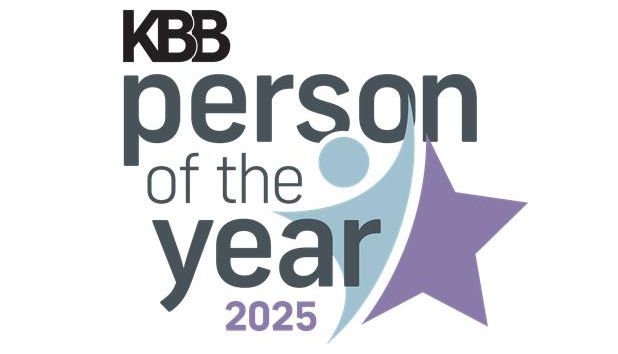More designers are claiming to specialize in creating environments that support physical, emotional and mental wellness. Professionals are integrating biophilic and neuroaesthetic principles, sustainable materials and wellness-driven strategies to enhance user experience. However, with this surge in demand, a key question arises: How many designers have the formal knowledge and credentials to back up these claims?
Interior design schools typically do not teach the science behind health-focused design, neurodiversity or trauma-informed principles. As a result, many designers claim to design for wellness without the educational foundation needed to create truly effective, science-backed spaces. This lack of formal training could leave designers vulnerable to scrutiny and potentially impact the well-being of those they aim to serve.
Today, interior design is evolving to be both science-backed and emotionally driven. The spaces we create elicit emotional responses that are directly tied to our physical and mental health, making it critical to design with awareness of these connections. As we push the boundaries of design, our responsibility as designers is to create spaces that are not only beautiful but also rooted in science and enhance well-being.
Design for Wellness: A Growing Trend
The wellness industry is growing rapidly, and clients are increasingly aware of how design influences their health. The wellness real estate market alone was valued at approximately $438 billion in 2023 and is projected to more than double to $913 billion by 2028, according to the Global Wellness Institute.
Forbes reports that mentions of “wellness” in real estate listings increased by 32% in late 2023, reflecting the rising demand for properties with health-focused features. As the demand for wellness-focused spaces grows, designers must integrate health-promoting features into their projects. The evolving expectations of clients highlight the importance of incorporating air quality, natural lighting, biophilic elements and wellness-focused amenities into every facet of design.
With this boom, however, comes a challenge: Many designers claim expertise in wellness-driven design, but few have the credentials to prove it. Terms like “wellness,” “biophilic” and “neurodiverse” are often used as marketing buzzwords, but true expertise requires more than surface-level knowledge.
The Need for Credentials & Certifications
Designers looking to stand out should pursue certifications in the science of design and human-centered design, which enhance expertise and build trust with clients and professionals. A variety of specialized certifications and courses offer in-depth knowledge at the intersection of design and health, equipping designers to create environments that promote well-being.
- WELL Building Standard/International WELL Building Institute. This certification focuses on the integration of health and well-being principles into building design, covering everything from air quality to mental health and social sustainability.
- Foundations in Science of Design Certified/NeuroDesign Academy. This self-paced online course explains how neuroaesthetics influence space design specifically for residential designers focused on health and well-being.
- HAPI Certification Course/Human Architecture and Planning Institute. This seven-part course covers key findings in psychology, ecology and biology to help designers understand the human experience in the built environment.
- Trauma-Informed Design Course/Trauma Informed Society. This program focuses on creating environments that promote safety, trust and healing, which is critical in settings such as healthcare, social services and residential environments.
- Biophilic Design Certification/Biophilic Design Institute. This 14-week certification program explores the core principles of biophilic design, focusing on how incorporating nature into the built environment can improve human well-being and productivity.
Education as An Investment in Your Practice
As a professional designer, it is your responsibility to ensure that the spaces you create genuinely support the well-being of those who inhabit them. Simply stating that your designs promote this is no longer enough; clients now expect evidence-based results and scientifically grounded design strategies.
The interior design industry’s growing focus on health and well-being presents an exciting opportunity to expand our impact. By backing up your expertise with formal credentials and continued education, you not only refine your skill set but also establish yourself as a leader in this transformative and essential area of design.









